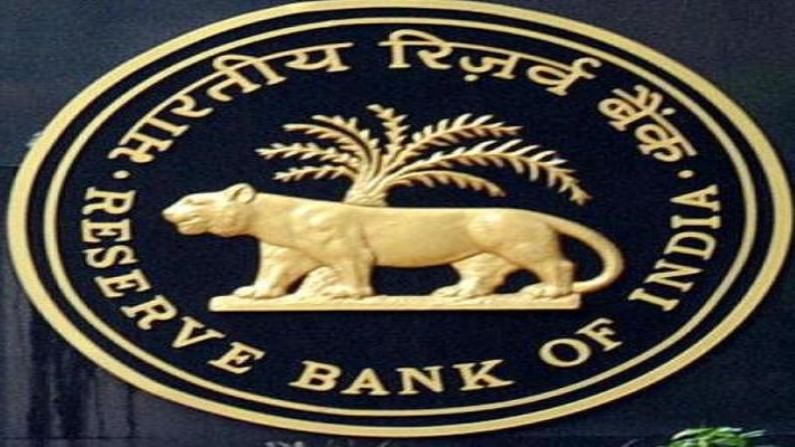Digital currency trials to be launched by December: RBI
RBI says it is testing the possible downstream effects of the digital currency introduction

India may launch digital currency trials as early as December, according to the Reserve Bank of India (RBI). The move comes when central banks across the world are exploring the possibilities and implications of introducing centrally-mandated digital currencies.
The Central Bank Digital Currencies (CBDCs) are essentially a digital format of the legal fiat currency of a country, with the expected CBDC in India being the digital rupee.
“I think by the end of the year, we should be able to — we would be in a position, perhaps — to start our first trials,” RBI Governor Shaktikanta Das told CNBC in an interview.
Currencies can use a DLT or centralised ledger
A recent BIS survey had found that 14% of central banks around the world had already launched CBDCs in testing phases, while 60% of central banks were experimenting with CBDCs.
While CBDCs are often misunderstood as another type of cryptocurrency, CBDCs are inherently different. The only similarity of is that both are on digital mediums.
CBDCs are fiat currencies and only experience the volatility of the associated fiat currency and are controlled by a central bank. Cryptocurrencies and other forms of decentralised finance instruments are volatile as they are usually not backed by any underlying assets (apart from stable coins) and are theoretically free from the intervention of any governmental entity.
The RBI is currently testing the possible downstream effects of the implementation of a CBDC in the country. Areas of concern are the potential impact on the country’s financial sector, changes in monetary policy and how a CBDC would change the circulation of printed currency currently in the economy, said Das.
Another aspect that the RBI is experimenting on is the ledger system for the potential digital rupee. Under existing models, a central bank can choose to base its CBDC on two ledger systems. Currencies can use a Distributed Ledger Technology (DLT), which allows multiple participants to record their transactions and activities on an easily accessible ledger, or a centralised ledger, where the ledger for transactions and other activities is under the control of a single entity.
“We are being extremely careful about it because it’s completely a new product, not just for RBI, but globally,” Das added.
RBI Deputy Governor T. Rabi Sankar had earlier in July confirmed that India’s central bank was already working to stage a “phased implementation strategy” for a CBDC in India.
Sankar had said, “RBI has been exploring the pros and cons of introduction of CBDCs since quite some time.”

